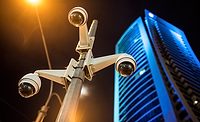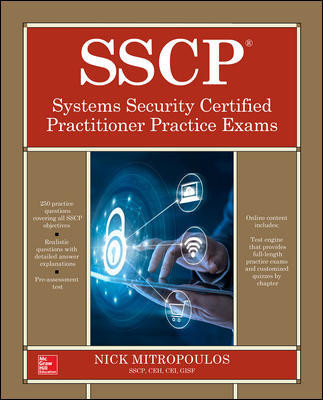Access Control Systems Remain a Core Priority for Integrated Security Solutions
In its original iteration, an access control system was conceived as a way to help minimize the problem of lost keys. These early systems often consisted of just a numerical keypad and a mechanical locking mechanism that would be released when the correct numerical code was entered. It didn’t take long however for security management to realize the benefits of an access control system – nor did it take long for them to realize the vulnerabilities of a simple keypad and locking system solution. And from almost this point onward, the development and mass market adoption of access control systems has been driven by technology integration.
One of the first major developments in this area was the integration of identity management systems with the access control system to help solve the vulnerability issues. This new dual authentication approach required an identification card and corresponding card reader so that the individual could be identified and authorized for access to the building or restricted area. Today’s identity management/access control systems are significantly more advanced and include features such as biometric identification, multiple card and reader formats and smart card capabilities, to name a few. And when integrated with video surveillance systems, they become an even more effective tool with the benefit of visual information.
In addition to managing entry and exit activity, today’s access control solutions add value by enhancing the security of a facility. For example, some access control solutions feature options to prevent the reuse of a card to access the same area within a specified period of time, or until the card is used to exit the area. Simple guidelines like that can deter access to unqualified visitors.
The most recent industry statistics indicate that access control will further be influenced by the convergence of physical and logical access control and that credentialing employees will be of paramount importance. In fact, there has been a consistent and growing demand for more highly integrated security solutions built around the marriage of access control and video surveillance systems. The ease of use and capability to conveniently address and manage this element will surely continue to play an important role in the industry’s migration to a true enterprise level security system solution.
Looking for a reprint of this article?
From high-res PDFs to custom plaques, order your copy today!








